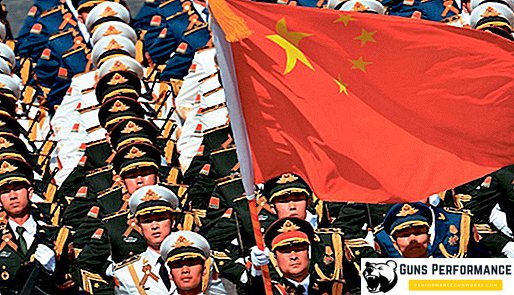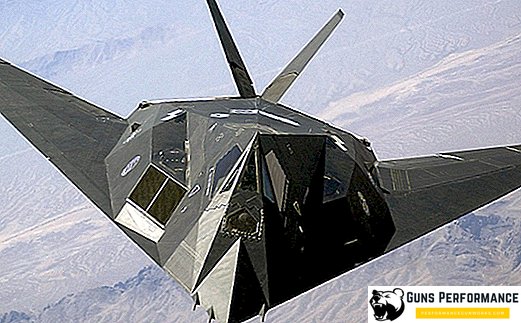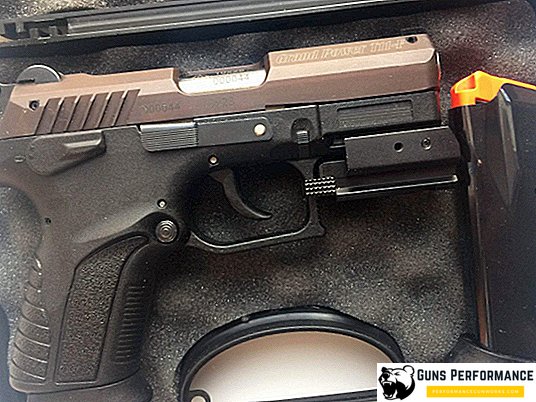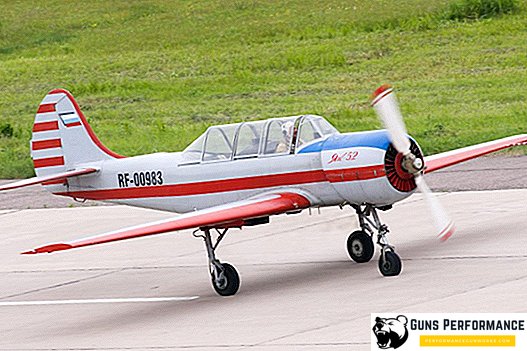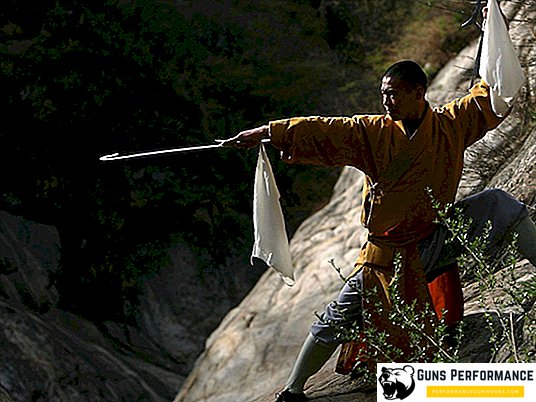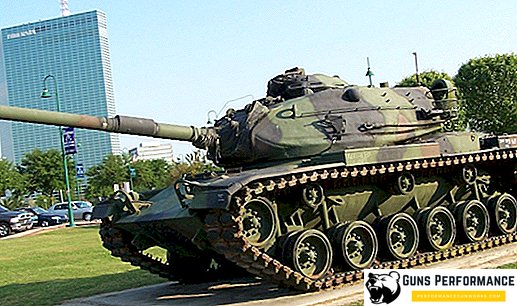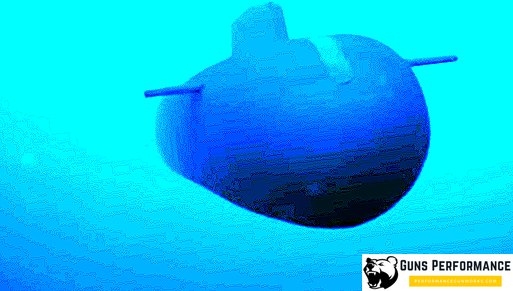The Life Guards Preobrazhensky Regiment is a legendary regiment that was part of the Russian army in the XVII-XX centuries. It was re-established in April 2013 under the name of the 154th Separate Commandant Regiment.
Historical background of the Transfiguration Regiment
The name of the regiment comes from the former village of Preobrazhenskoye, which was located slightly east of Moscow, and in 1864 was incorporated into its structure. It was here that Tsar Peter Alekseevich, who was fond of war games in his youth and recruited one of his two "funny" regiments, from his peers. The second - Semenovskiy - was recruited, respectively, in the village of Semenovskoe.
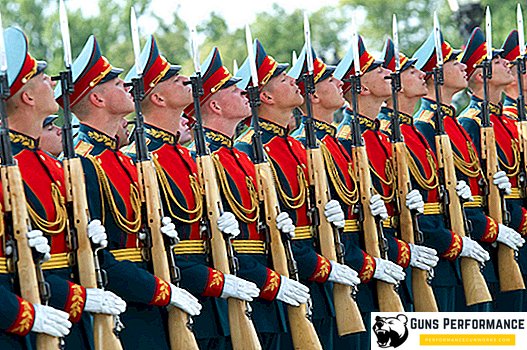
The soldiers of the regiment tirelessly engaged in combat training and war games, sometimes even involving real guns, which only increased their realism and gave the troops valuable experience of interaction with artillery. The regiment consisted first of two "half-sacks" - so called battalions (small regiments). It was in this composition that the “Transfigurations” participated in the Kozhukhov campaign. This campaign was essentially a test of the combat capability and organization of the troops of the new system. Thus, about seven and a half thousand archers participated in the Kozhukhovskiy maneuvers as a defending side, and the attacking side was the regiments of the new system (Preobrazhensky and Semenovsky regiments, as well as individual elective companies of various composition, about nine thousand in all). During the exercises, the serious superiority of the new military concepts proposed by Tsar Peter Alekseevich, as well as good military training and the experience of the “Transfigurations” and “Semenovtsy”, were revealed.
In 1695, the Transfiguration Regiment was again at the forefront of events. This year, Tsar Peter decided to march on the fortress of Azov, held by the Ottoman Empire at that time, to seize it and thereby end the trade and diplomatic isolation of Russia caused by the unfortunate wars of the 17th century for it (then the Russian coast of the Baltic Sea and a number of territories in the region). The first Azov campaign and the siege of the fortress ended in nothing - with the onset of cold weather, the Russian army was forced to go to Russia in order to spend the winter. However, the Russian Tsar did not give up. The winter was barely over, as the Russian army reappeared at the mouth of the Don. The fortress of Azov was again laid siege in May 1696 and two months later surrendered. In the battles with the enemy, “Transfiguration” demonstrated high valor and courage, having gained experience of real hostilities.
Two years later, in 1698, the Preobrazhensky Regiment was reformed. Now the regiment consisted of 16 fuslerian, bombing and grenadier companies, which were later reorganized into four infantry battalions (which was more than in any other regiment of the Russian army at that time).
New tests for the "Transfiguration" came as early as 1700, when the Great Northern War against Sweden began. In this war, Russia, Rzecz Pospolita and Denmark united against the Swedish kingdom, which received unchallenged hegemony on the Baltic Sea, which by the beginning of the 18th century was called nothing other than the “Swedish Sea”. The aggressive policy of Sweden and its new king, Charles XII, led the country to the formation of an anti-Swedish coalition.
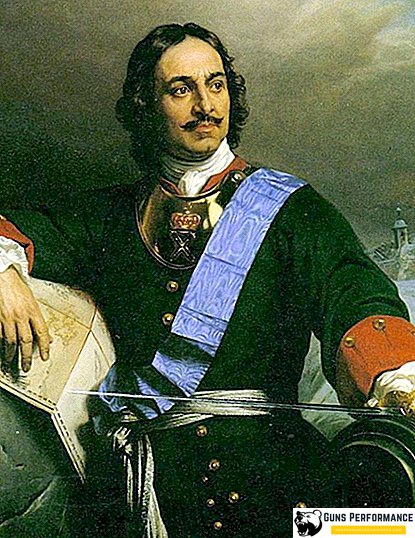
Baptism of fire in the Northern War Preobrazhensky regiment received during the siege of Narva. This fortress was an important strategic point that opened the way to the troops on the territory of Estland (modern Estonia) north of Lake Peipsi, as well as a large port. The capture of Narva was part of the plans of the Russian command for the year 1700, with the aim of ensuring the further occupation of Livonia and Courland (the territory of modern Latvia).
However, the plans of the Russian leadership was violated by Karl XII. Earlier, he had landed with a clever maneuver near Copenhagen and forced Denmark to surrender, and now he intended to bring Russia out of the war. Having landed in Livonia in the autumn of 1700, Charles XII, with a force of 9,000, advanced on the Russian army besieging Narva. The battle that unfolded in November and called Narva was marked by the almost complete defeat of the Russian army. Foreign military mercenaries and advisers, of whom there were many in the Russian army, simply fled and surrendered, which could not but upset the control of the army. Among those who stubbornly repelled the attacks of the Swedes and bravely held their positions were the Russian Guard - the Preobrazhensky and Semenov regiments. However, nevertheless, almost the entire command of the Preobrazhensky regiment was captured, including its commander, Colonel Blumberg. There are no reliable data on the losses of the “Transfigurations” in the Battle of Narva, but it is quite natural that they were very high.
As a result of the heroic efforts of the Russian soldiers, the army was not completely defeated, but was able to withdraw in a quite organized manner to wintering in Novgorod. Struck by the valor and courage of the Preobrazhensky and Semenovsky regiments, the Swedes allowed them to retreat with loose flags.
After that, the regiment was manned and soon again participated in the hostilities of the Russian troops to capture the mouth of the Neva and Kexholm (the modern north of the Leningrad region). Here the regiment distinguished itself when taking the fortress Noteburg.
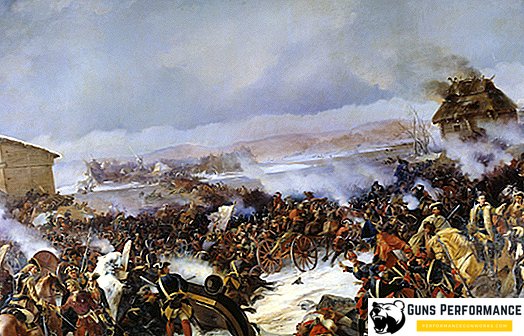
In 1704, the “Transfigurations” participated in the siege and capture of the Narva fortress. And here, four years after the terrible defeat, the Russian Guard finally broke the enemy, thanks to which it became possible to advance the Russian troops in Estonia and Livonia and the occupation of the Swedish Baltic.
Two years later, Tsar Peter Alekseevich became the chief of the Preobrazhensky regiment. Also at the same time, a decree was introduced, fixing the special position of soldiers and officers of the Life Guards regiments. According to this decree, officers of the Preobrazhensky and Semenovsky regiments were one step higher than general military ranks. However, after some time, the difference was already increased to two steps.
In 1707, the Preobrazhensky Regiment was transferred to horses, which significantly increased its mobility and combat capability. Already a year later, the “Transfigurations” together with the “Semyonovtsy” took part in the battle of Lesnoy in Belarus. Here the Russian troops routed the corps of the Swedish commander Levengaupt. In 1709, the Russian Guard brilliantly participated in the Battle of Poltava, which brought a bright and outstanding victory to Russian weapons. But it was not only and not so much in prestige, as at the beginning of a radical change in the war in favor of the anti-Swedish coalition. The expulsion of the remnants of the defeated Swedish troops from the territory of Russia began.
However, Charles XII, who fled to the Ottoman Empire, did not abandon attempts to turn the tide of the war back in his favor. Having put all his efforts, he managed to convince the Sultan to advance with the war against Russia, in order to divert Russian troops from the Baltic States and thereby win time. In 1711, the Port declared war on Russia in order to regain control of Azov. Tsar Peter, inspired by the successes of the war against Sweden, marched into Bessarabia with an army to defeat the Turks there. Among the Russian troops were Preobrazhensky and Semenov regiments.
The Russian army, having entered the territory of the Moldavian principality and united with the army of the Moldovan governor Kantemir, was surrounded by the superior forces of the Turks. Only through diplomatic negotiations did Russian troops avoid complete defeat. The conditions of the world were unfavorable: the fortress of Azov was returning back into the possession of the sultan, and the Russian fleet on the Black and Azov seas was disbanded.
After the Prut campaign, the “Transfigurations” participated in the foreign campaign of the Russian army in Pomerania, where a number of territories were cleared from the Swedes. After that, in 1714, the Preobrazhensky Regiment as a part of the army moved to Finland, where it led military operations to capture Helsingfors (the modern city of Helsinki), participated in the Gangut battle and liberation of southern Finland. Also at the final stage of the Great Northern War, the regiment participated in a number of sea voyages in the Baltic.
After the victory of Russia in the war against Sweden, the regiment was advanced to the southern borders of the country, which became an empire. There was planned a campaign against Persia to strengthen the position of Russia in the Caspian Sea. The Preobrazhensky regiment as part of the Russian army participated in the capture of Derbent, but Baku was never succeeded in taking it. Already on December 18, 1722, the Preobrazhensky Regiment returned to Moscow.
Next year the regiment will relocate to St. Petersburg. Here "Transfiguration" were about 15 years old, and after were transferred to the regimental settlement in the area of Liteiny prospect of the capital. As a rule, the rulers of the Russian Empire directly became the chiefs of the regiment, and enrolling in the regiment was considered an exclusive reward for any military rank. Also, the role of the Preobrazhensky regiment consisted in the military upbringing of the heirs to the throne and their obtaining military experience and knowledge.
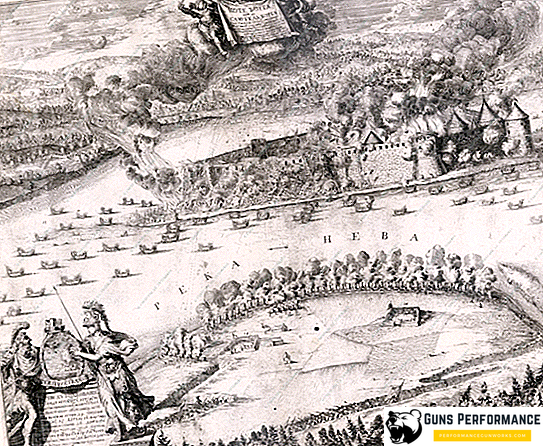
"Transfiguration" participated in the war with the Ottoman Empire in 1735-1739. During this war, Russian troops carried out a campaign in the Crimea, took the Perekop fortress, and also cleared the Turks from the northern Black Sea coast. And everywhere, the “Transfigurations” demonstrated high proficiency, discipline, and courage.
Also, a number of units of the Preobrazhensky Regiment participated in the Russian-Swedish war of 1741-1743. This war was a logical continuation of the Great Northern War, and Sweden hoped for the return of a number of territories lost under the Nishtadt peace treaty, as well as to return the hegemony in the Baltic. But thanks to the courage of Russian soldiers, the Swedish troops were defeated, and the war ended without significant changes.
Participation of the Preobrazhensky regiment in palace coups
After the death of Emperor Peter I in January 1725, a serious dynastic crisis arose in Russia. On the one hand, Peter’s death was so unexpected that he simply did not leave a will to inherit the throne. On the other hand, the only descendant of the emperor, Pyotr Alekseevich, was still small (at that time he was not even ten years old) and could not control a huge country. However, the courtiers were divided into two parties. One continued to support the candidacy of the grandson of Peter I, while the other was on the side of the widow of Emperor Catherine. The debate did not last long, and it was the Preobrazhensky regiment that put an end to them, supporting Catherine. So Catherine I. ascended the Russian throne.
However, the participation of the Russian Guard in the enthronement of elected candidates did not end there. The next “high point” for the “Transfigurations” was the coup of 1741, when with their help the young Emperor John VI was overthrown with his mother Anna Leopoldovna. As a result of this most bloodless coup in the history of Russia, the daughter of Peter I, Elizabeth, ascended to the throne.
The last coup of the so-called "era of palace coups" in Russia took place in the summer of 1762. By this time, the emperor Peter III, who ruled for about six months, with his transformations of the state and the army according to the Prussian pattern, caused serious discontent among the courtiers. From the very beginning, the “Transfigurations” supported Catherine, the wife of Peter III, and when the emperor left St. Petersburg, they took power in the capital. After that, Peter tried to escape, but he was caught and sent to Ropsha. After this story, Empress Catherine II Alekseevna ascended the Russian throne, and the “Transfigurations” received great privileges in the appendage to those already available.
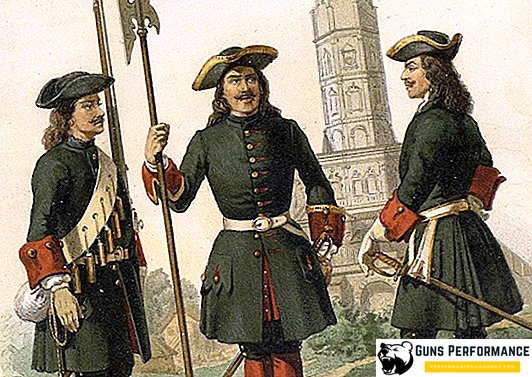
Transfiguration Regiment in the XIX-XX centuries
The beginning of the XIX century was not calm for the “Transfigurations”: the regiment took part in the battles with the French in the war of the third coalition. After that, the Preobrazhensky regiment as part of the Russian army participated in the battles with Swedish troops during the war of 1808–1809, during which Finland withdrew to Russia.
Of course, the regiment could not help participating in such a landmark and tragic event for our country as the Patriotic War of 1812. The “Transfigurations” showed miracles of courage in the battle of Borodino, participated in the foreign campaign of the Russian army in 1813-1814, and ended the war in Paris.
Also, the XIX century for the Preobrazhensky regiment turned out to be truly rich in military operations. Thus, the regiment participated in the Russian-Turkish wars of 1828-1829 and 1877-1878, as well as in the suppression of a number of Polish uprisings.
The First World War for the Transfiguration Regiment began with the Battle of Galicia. Then the Russian army was able to crush the Austrian troops and seize Galicia, putting Austria-Hungary on the verge of collapse. However, the outbreak of the German offensive in Poland forced the Russian command to withdraw a number of forces from Galicia. Among these forces were "Transfiguration". In 1915, the regiment participated in repelling the German offensive on Warsaw, holding defenses on the Masurian Lakes and in the Vilno area.
In 1916, Russia took heart. The powerful offensive that went down in history as the Brusilov breakthrough (in which the “Transfigurations” also took part) showed the power of Russian weapons to the whole world. However, the revolution and the serious weakening of the army predetermined the outcome of the war for Russia and the fate of the country itself. After the October Revolution and a sharp change of political orientations, the Preobrazhensky Regiment was disbanded.
Preobrazhensky Regiment today
After 1918 the history of the Preobrazhensky regiment was interrupted for almost a hundred years. Only in December 2012, President V. Putin noted the need for the revival of the Russian Guards regiments, namely: Preobrazhensky and Semenovsky. As a result, already on April 9, 2013, the 154th separate commandant regiment stationed in Moscow was called Preobrazhensky.
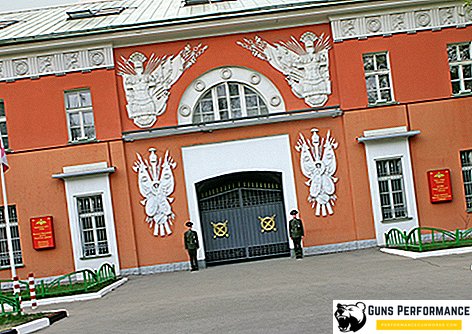
As of 2018, the 154th Preobrazhensky Separate Commandant Regiment takes part in various ceremonies and also protects important objects (carries guard duty). You can get into the regiment only with excellent health, height not lower than 180 cm, lack of criminal record both in the draftee and in his close relatives. In addition, attention is paid to the external data of potential servicemen of the Preobrazhensky regiment. Requires people of Slavic appearance, with a stately figure, straight legs and a pleasant appearance. And this is not surprising - after all, these soldiers often appear at various ceremonial events, and they can be judged by the Russian Army.
As for the terms of acceptance to the contract service in the regiment, they are even higher. It is necessary to pass special examinations on the subject of physical, fire, drill and knowledge of a number of other necessary military disciplines, it is highly desirable to have a higher education. Those who have passed these tests will also have to undergo a course of study in a special training section to supplement the glorious ranks of the "Transfiguration".


